Sale 2607 - Lot 115
Additional Images
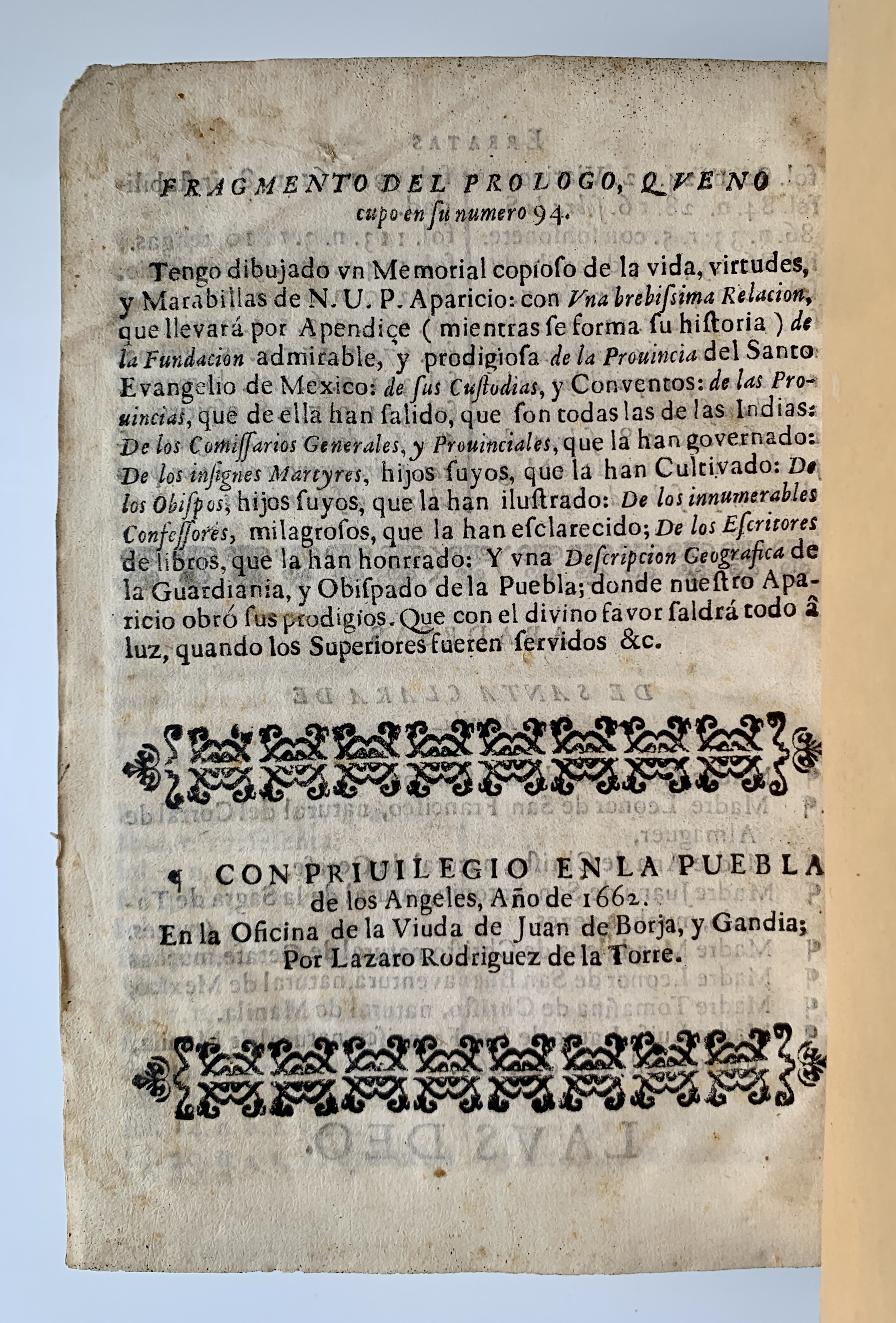
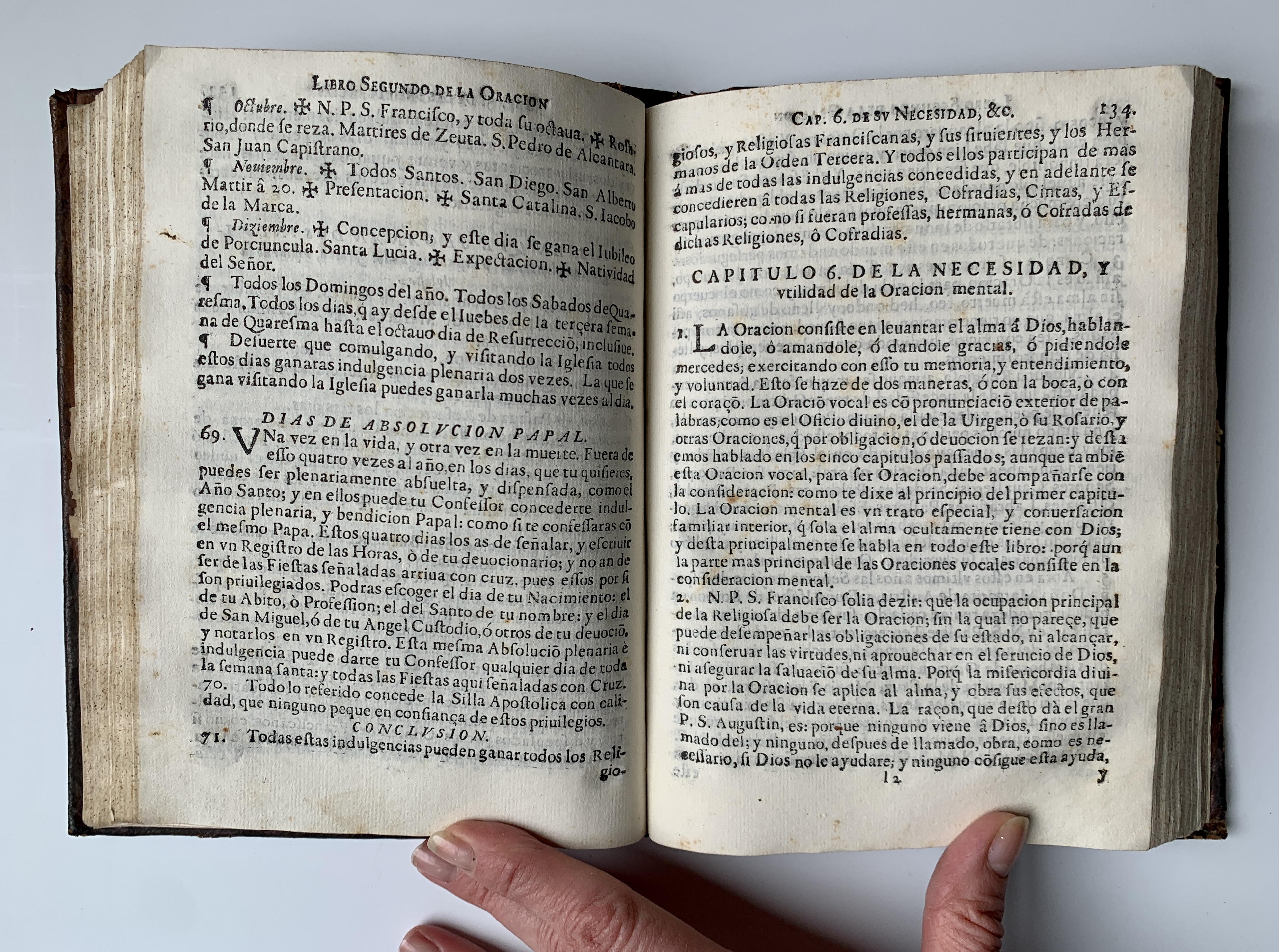
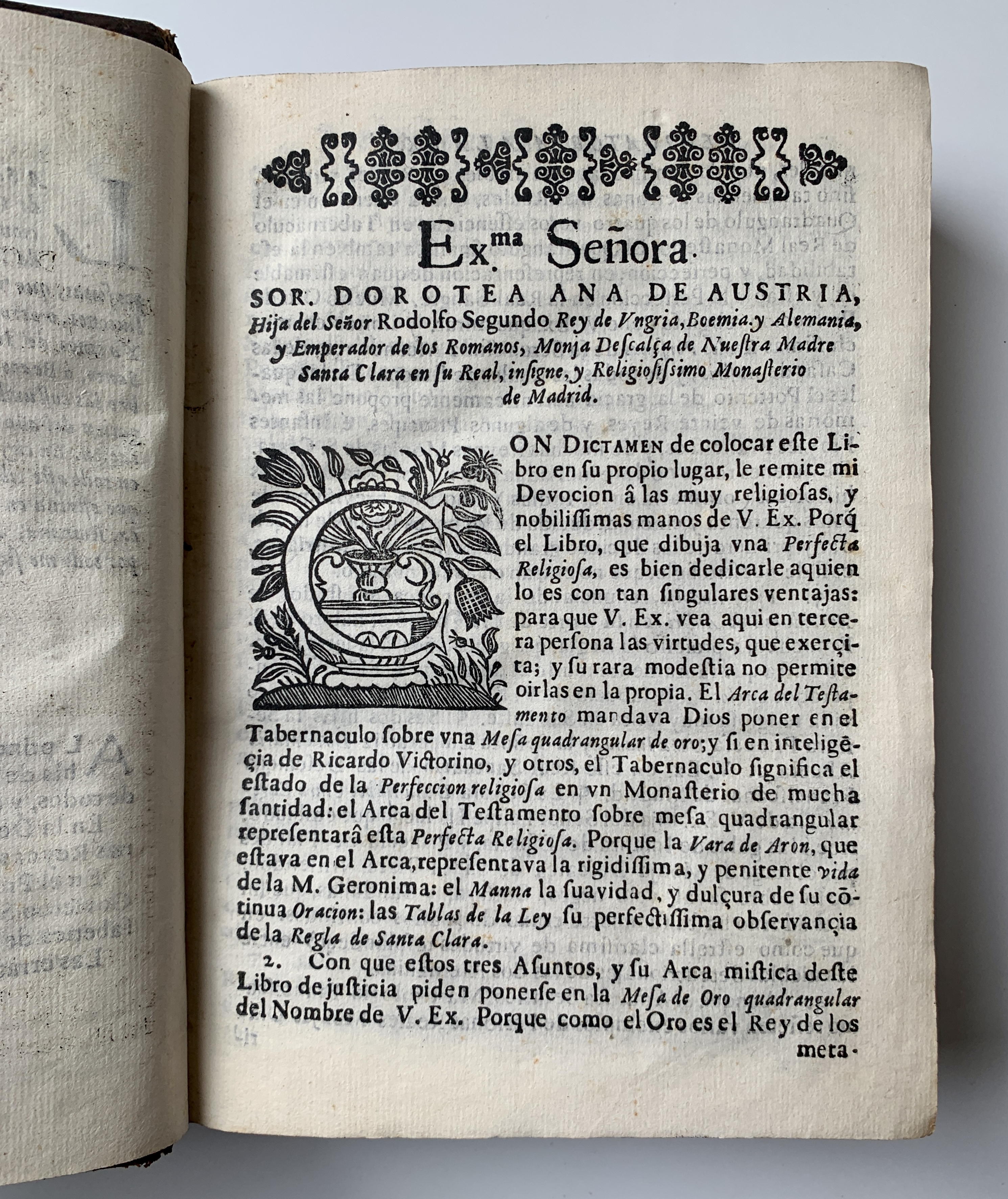
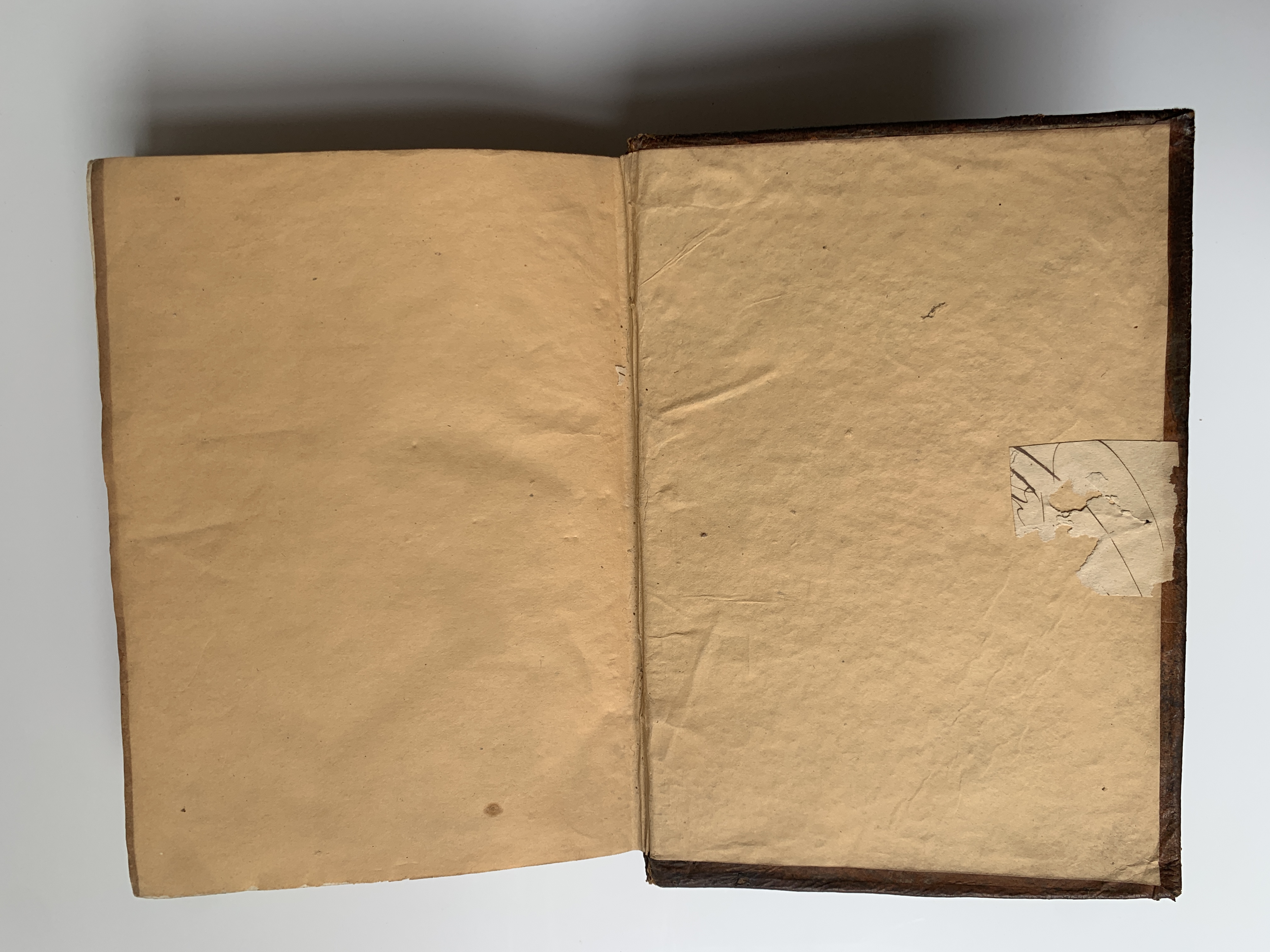
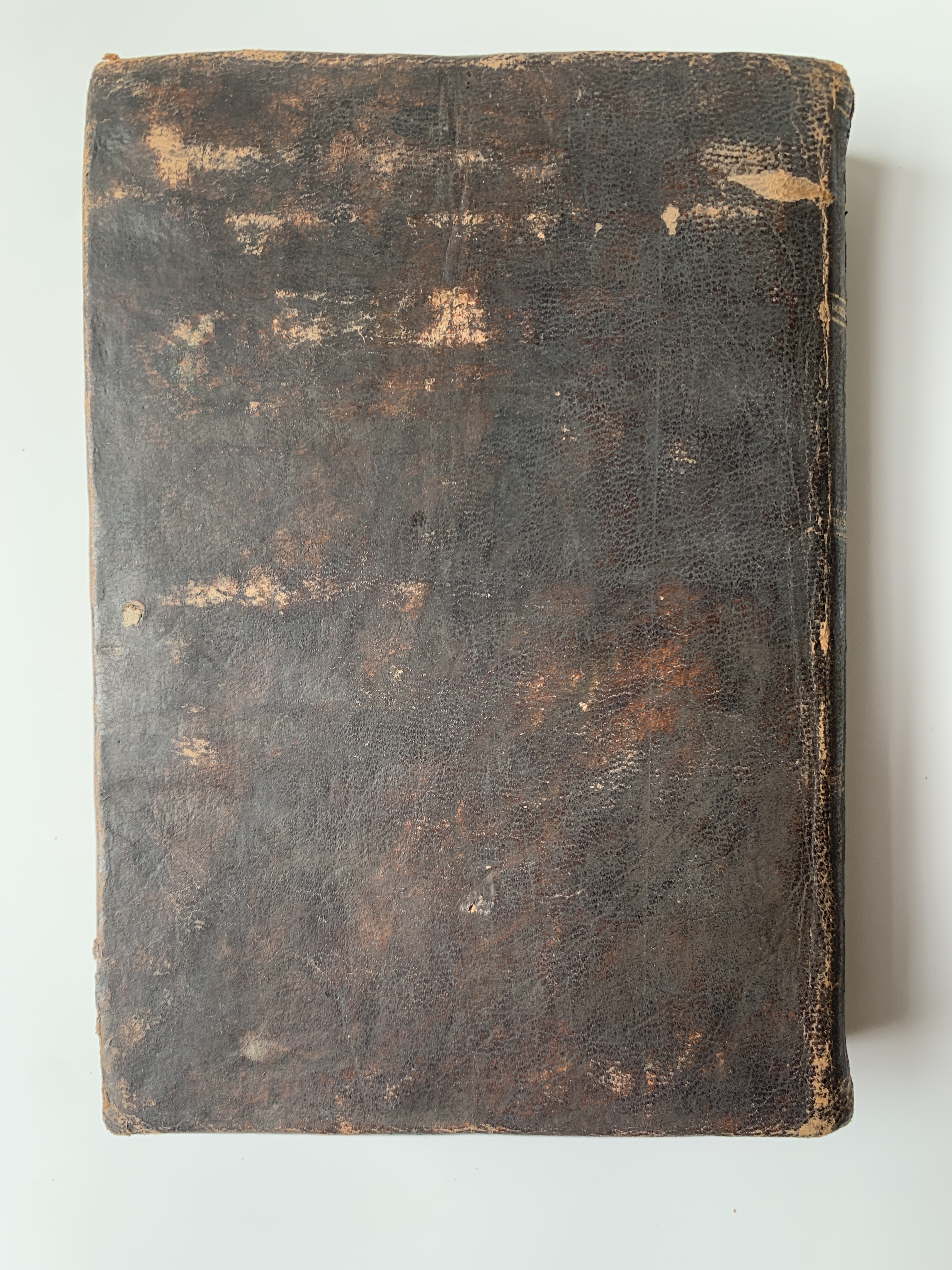

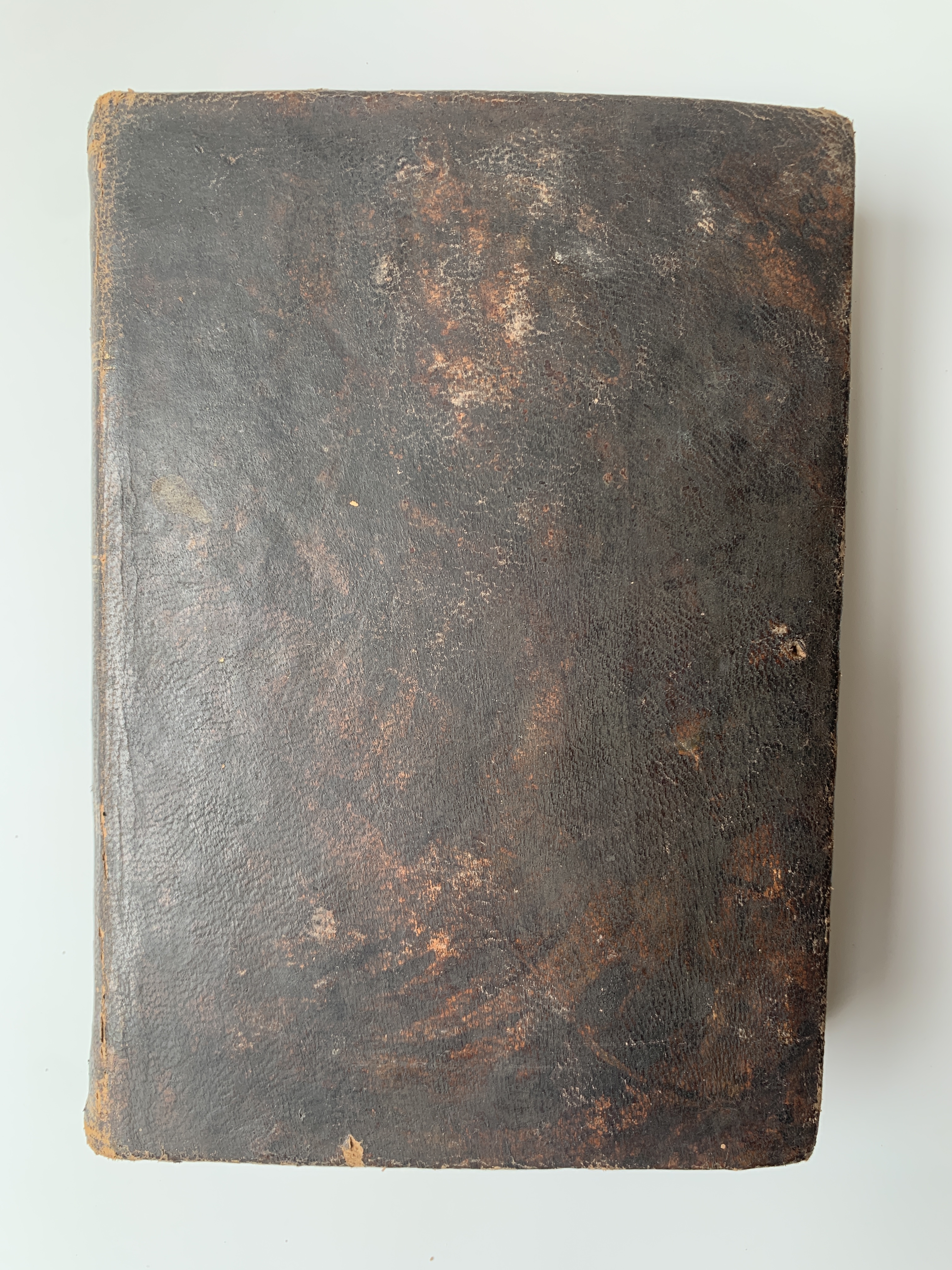








1 /
7









Sale 2607 - Lot 115
Estimate: $ 1,500 - $ 2,500
Letona, Bartholomé de (fl. circa 1660)
Perfecta Religiosa, Contiene Tres Libros. Libro I. De la Vida de la Madre Geronima de la Asunçion de la Orden de N.M.S. Clara.
Puebla: Viuda de Juan de Borja, 1662.
First edition, quarto, later calf, minor wear; minimal dampstaining and wear; early owner's signature and two faint later owner's stamps on title page, 7 3/4 x 5 3/4 in.
Letona's work chronicles the fascinating life of Mother Jerónima de la Asunción (1555-1630), who founded the first Catholic monastery in Manila in 1621.
In the spring of 1620, at the age of sixty-six, Jerónima and six nuns traveled from Toledo to Seville, the first leg of the very long journey to the Philippines. In Seville, Velázquez painted a stunning full-length portrait of her. They departed from Cádiz by boat, arrived at Veracruz, and then traveled overland to Mexico City, finally arriving there in September. The group stayed in Mexico for six months with other sisters of the same order. From Mexico City in the spring of 1621, mules conveyed the nuns to Acapulco, where they set sail aboard the Spanish galleon San Andrés to the Philippines.
Madre Jerónima did not always see eye-to-eye with the male overseers of the convent, which was established exclusively for Spanish women, excluding Indigenous women. The conquistadors were concerned to see the pool of marriageable Spanish women in the Philippines shrinking as novices entered the convent. At the same time, native Filippino women who tried to join the order were denied, not by the convent and Madre Jerónima, but by the male Franciscan superiors. Her attempt to allow Doña María Uray of Dapitan to join was denied, as was her proposition that a separate convent be created for non-Spanish women in the late 1620s. However, in the years after Jerómina's death, the nuns of Santa Clara found a way to sneak Martha de San Bernardo into the order, with a little jurisdictional maneuvering.
According to Worldcat, the prologue contains a detailed description of the Pacific Ocean and navigation in the Far East, and of the Philippine Islands. Apparently wishing to suppress the navigational material, the Council ordered the prologue removed from all copies, but the suppression was ineffectual. The Prologo is present in this copy.
Medina, Puebla 59; Palau 136757; Sabin 40250.
Perfecta Religiosa, Contiene Tres Libros. Libro I. De la Vida de la Madre Geronima de la Asunçion de la Orden de N.M.S. Clara.
Puebla: Viuda de Juan de Borja, 1662.
First edition, quarto, later calf, minor wear; minimal dampstaining and wear; early owner's signature and two faint later owner's stamps on title page, 7 3/4 x 5 3/4 in.
Letona's work chronicles the fascinating life of Mother Jerónima de la Asunción (1555-1630), who founded the first Catholic monastery in Manila in 1621.
In the spring of 1620, at the age of sixty-six, Jerónima and six nuns traveled from Toledo to Seville, the first leg of the very long journey to the Philippines. In Seville, Velázquez painted a stunning full-length portrait of her. They departed from Cádiz by boat, arrived at Veracruz, and then traveled overland to Mexico City, finally arriving there in September. The group stayed in Mexico for six months with other sisters of the same order. From Mexico City in the spring of 1621, mules conveyed the nuns to Acapulco, where they set sail aboard the Spanish galleon San Andrés to the Philippines.
Madre Jerónima did not always see eye-to-eye with the male overseers of the convent, which was established exclusively for Spanish women, excluding Indigenous women. The conquistadors were concerned to see the pool of marriageable Spanish women in the Philippines shrinking as novices entered the convent. At the same time, native Filippino women who tried to join the order were denied, not by the convent and Madre Jerónima, but by the male Franciscan superiors. Her attempt to allow Doña María Uray of Dapitan to join was denied, as was her proposition that a separate convent be created for non-Spanish women in the late 1620s. However, in the years after Jerómina's death, the nuns of Santa Clara found a way to sneak Martha de San Bernardo into the order, with a little jurisdictional maneuvering.
According to Worldcat, the prologue contains a detailed description of the Pacific Ocean and navigation in the Far East, and of the Philippine Islands. Apparently wishing to suppress the navigational material, the Council ordered the prologue removed from all copies, but the suppression was ineffectual. The Prologo is present in this copy.
Medina, Puebla 59; Palau 136757; Sabin 40250.






